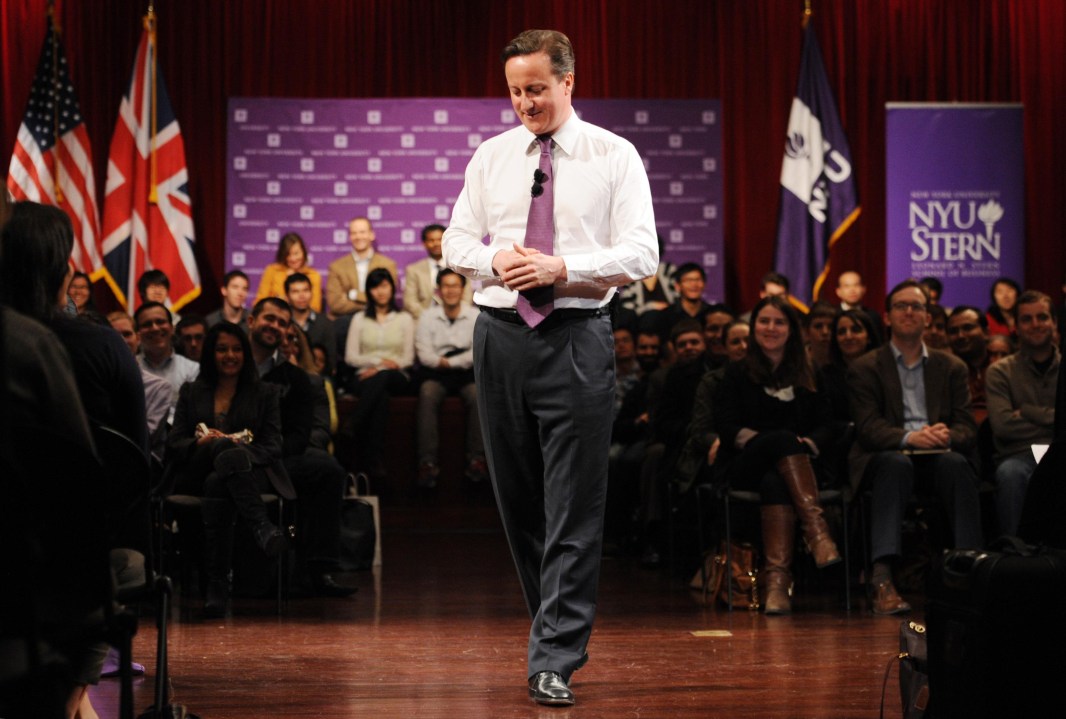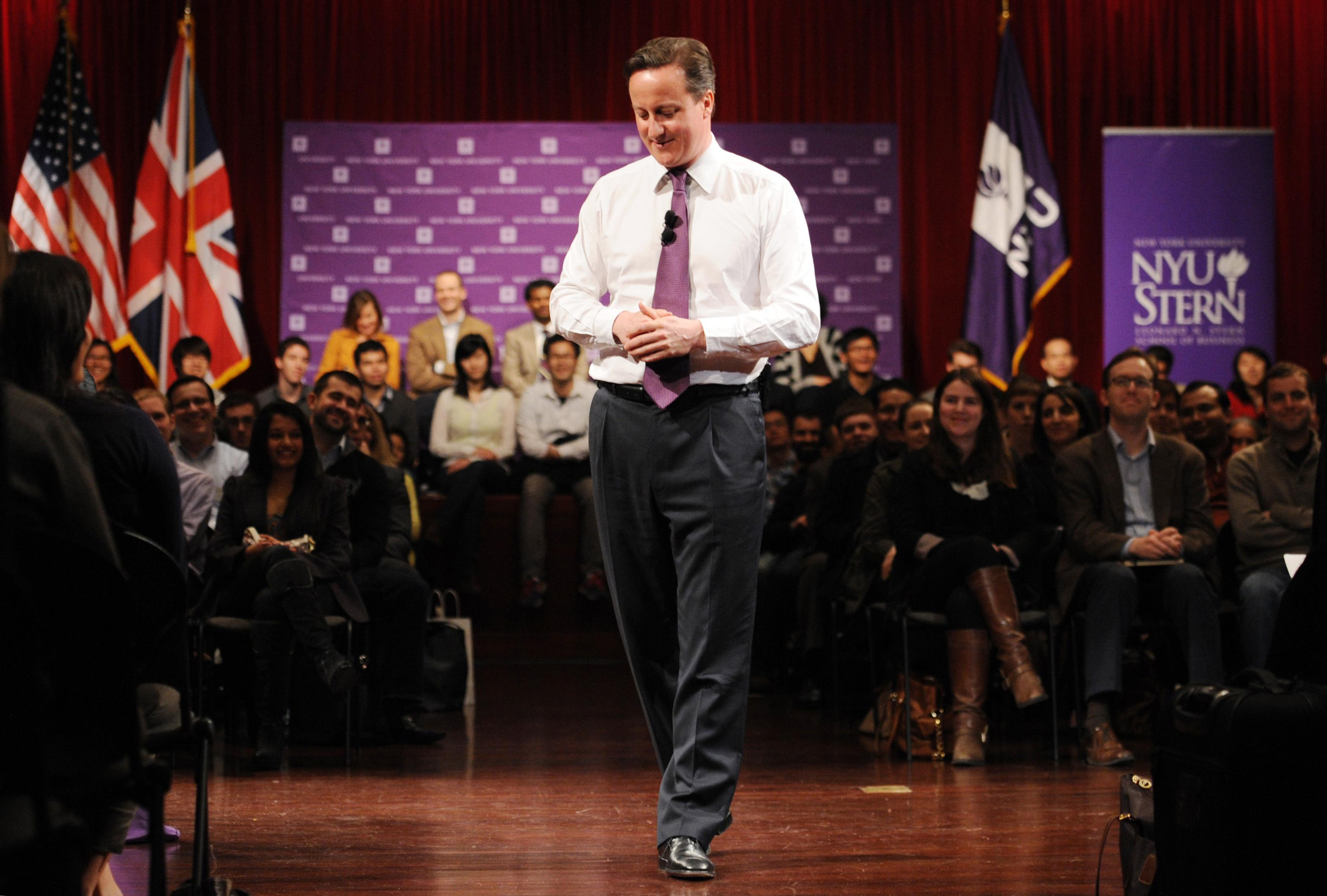International students are currently the largest single category of immigrants who count in the net migration figures, which cover all those intending to stay more than a year. In the most recent figures (the year to June 2011) there were 242,000 such students — making up 40 per cent of so-called ‘long term’ immigration. However, as a new report by IPPR sets out, international students are not really ‘long term’ immigrants at all. They are far more likely to return home after a few years than the other main immigration categories of work and family: the evidence suggests only around 15 per cent stay permanently.
Clearly, it would be wrong for the government to exclude incoming international students from the immigration figures without also excluding from the emigration figures those students who came in earlier years and are now returning home. Under the current system, this is difficult to do: the survey on which the emigration figures are based doesn’t ask people why they came to the UK in the first place. But that survey is badly in need of an overhaul anyway. The logical thing is to exclude international students from both sets of figures — not counting them on entry, and including them later only if they stay on after their studies, while also excluding returning students from the emigration figures.
Why does this matter? Under the current system for recording international student flows, there is a ‘lag effect’, as emigration (which is spread over several years) catches up with immigration. This is true to an extent of all immigration categories, but the larger the proportion who eventually emigrate, the bigger this lag effect is. It is this lag effect which made 2010 the peak year for net migration, as this graph shows:

If we adopted the more rational method of measuring international student flows, the peak year for net migration would have been 2007 rather than 2010. The continuing rise in international students from 2007 to 2010 would have been outweighed — given how many of them will return home — by the fall in other, more permanent categories of immigration, in particular work and family.
More important than how the system has affected the figures in the past is how it distorts them in the future. Just as the current system exaggerates the positive effect of student flows on net migration when student numbers are rising — because of the lag effect — so it will exaggerate the negative effect of student flows on net migration if student numbers level off or fall. Look at the second graph, below: Scenario A shows how, even if there was no further reduction in international students, the annual contribution to the net migration figures will continue to fall significantly from the 2010 peak, as student emigration catches up with immigration. Scenario B shows what will happen if the government succeeds in its policy of reducing student numbers to around 170,000 rather than 220,000 per year: the annual contribution to the net migration figures falls sharply to a negative contribution in 2013 and 2014, before levelling off:

It is important to realise that the difference between the two scenarios in terms of the contribution to long term net migration (visible when the two lines level off towards the right-hand end of the graph) is only 7,500 a year. However, the difference they make to the net migration figures in the short term is large. In particular, in the 2013 figures the difference is 44,000. The 2013 net migration figures will be published in November 2014: the last official figures before a 2015 general election. As such, they will be seen as the test of whether the Prime Minister has hit his target of cutting net migration to the tens of thousands.
IPPR estimate that the difference between the two scenarios in terms of the contribution to the UK economy is around £2-3bn per year: this is what UK will lose if we cut international students by 50,000 per year. This reduction would also put further pressure on the finances of the UK education sector at a time when it’s already pressured quite enough.
When these kinds of arguments are put to Home Office ministers and officials, they argue they cannot change the system, because it merely conforms to global requirements or standards. But IPPR’s report surveys the systems used by the top ten countries for international students, and confirms that three of them — the US, Australia, and Canada, our main competitors in the global market for international students — explicitly bracket students in their figures as temporary or ‘non-immigrant’ admissions.
When all other arguments fail, ministers’ final tactic is to imply that many of these students are bogus anyway. It is true that there is abuse of student visas, and ministers are right to continue to focus on this. But cutting down on abuse and cutting down on numbers are fundamentally different objectives. Provided the public believe that the great majority of those coming on student visas are genuinely here to study, surveys suggest they do not want international students to be cut.
It’s hard to shake the suspicion that the real driver of government policy on international students is not global rules, nor concern over ‘bogus’ students, but a desire to use the current system, with its lag effect, to ‘game’ their own net migration target, by banking large apparent reductions in 2013 and 2014. In the end, this is no way to run an immigration policy.
Matt Cavanagh is an Associate Director at IPPR.






Comments